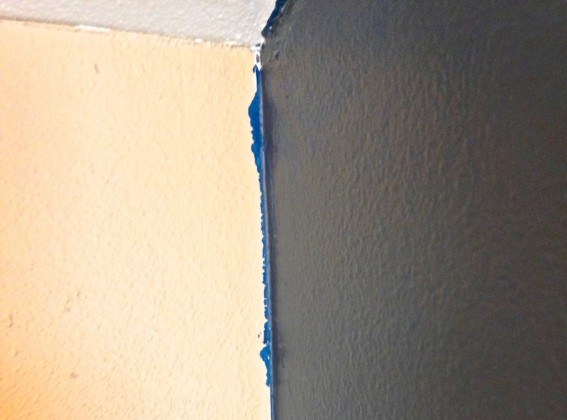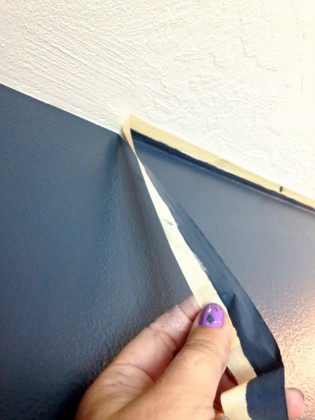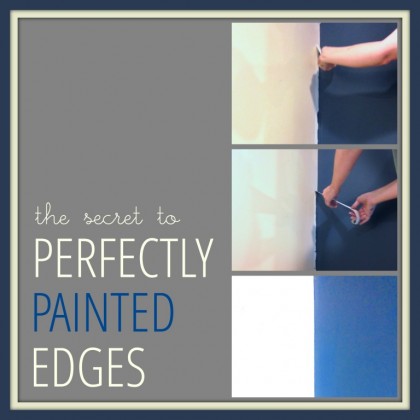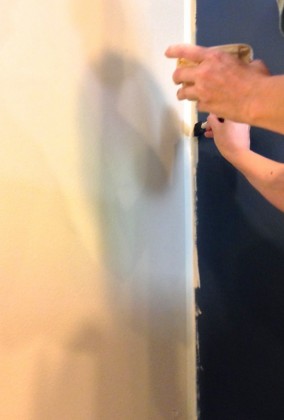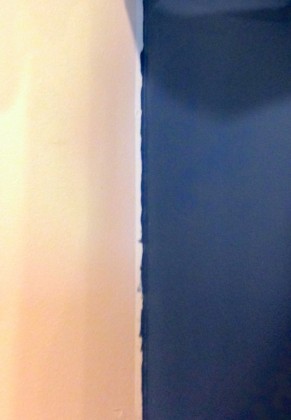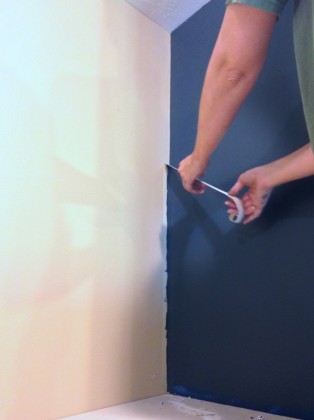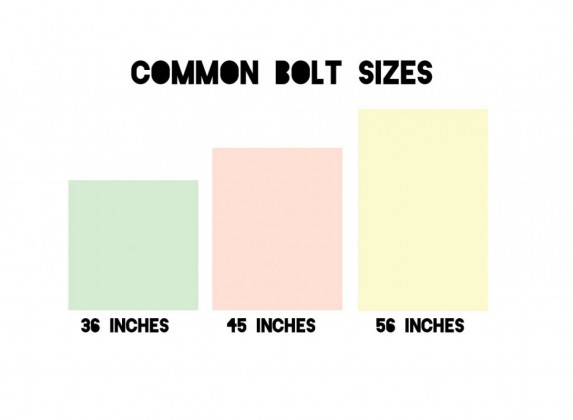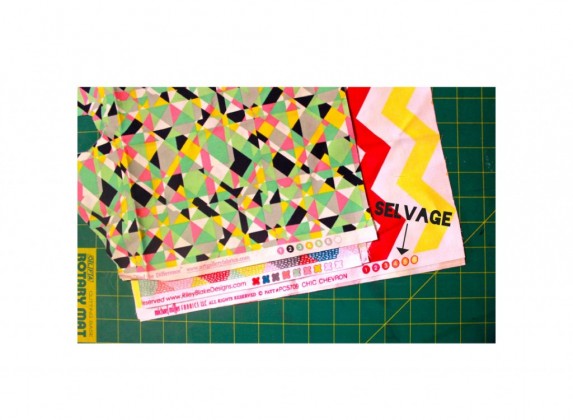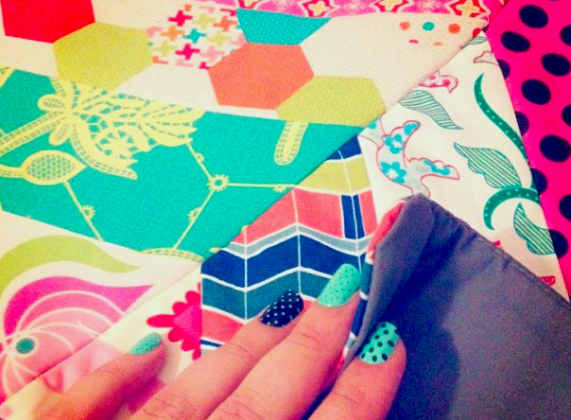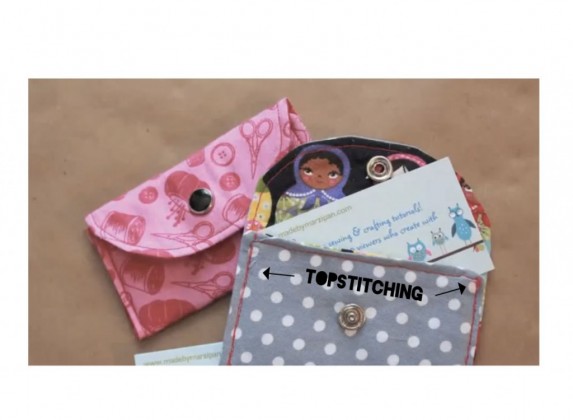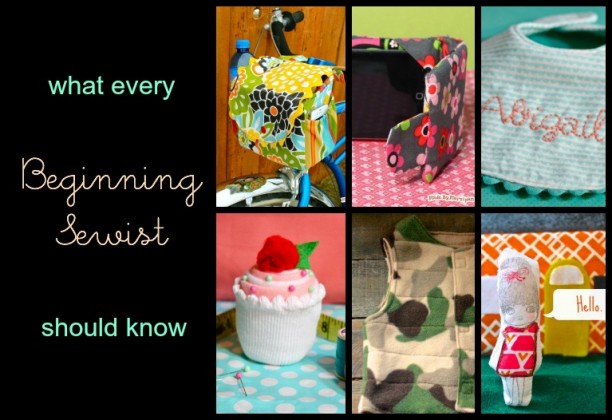Curtains are pretty much the easiest thing for a beginner to sew. But if you’re ready to step up your game so it doesn’t look like your curtains were sewn by a beginner, read these top tops for sewing custom curtains.
Purchasing Fabric
1) Take a look at curtains in home magazines or online. Note the length of the curtains you like: do they almost touch the floor? Do they puddle on the ground? Now look at the placement of the curtain rod. How far is it above the window frame? How close to the ceiling? Getting a good feel for what you like– and what looks awkward– will help you purchase the right amount of fabric. (We ended up using 6 yards of 54-inch home decor fabric for this set.)
2) Consider the function of your curtains before selecting a fabric. If you want the sun to shine through, choose a synthetic sheer. If you want to block out light, choose a heavier home decor fabric, and purchase additional fabric for a lining.
3) If you opt for a lining, consider whether a flat sheet might do the job. It will probably be less expensive than purchasing the same amount of fabric. Added bonus: you can likely keep the hems of at least two sides, saving you some sewing time.
4) Don’t forget to figure in hems when buying your fabric. For professional, custom-looking curtains, you’ll want generous hems: 1-inch (plus ½ inch for turn-under) along the sides, and 4-inches (plus ½ inch for turn-under) along the top and bottom.

A flat sheet makes an inexpensive lining. Make it about 1 inch smaller on all sides than the curtain panel.
Sewing the Curtains
1) Press, rather than pin. This will save you quite a bit of time. Starting on the long sides, fold under the raw edge ½ inch and press. Then fold in once more to make a 1-inch hem. Press. Sew, with a seam about ¾ inch away from the pressed edge.

Hi! I’m busy sewing the lining to the curtain fabric. Sew it ¼ inch above the fold at top. Then fold down the curtain fabric to hide it. This reduces bulk.
2) The simplest method for sewing curtains involves folding over the top edge to make a casing for the rod. However, grommets look much more polished and professional. Fold over the raw edge at top ½ inch and press, then fold over again another 4 inches and press. Sew along the bottom edge of the fold. I really liked these easy snap grommets by Dritz– no hammering required! Plan on spacing the grommets between 4-6 inches apart.
3) I figured this one out the hard way: you’ll need to insert an EVEN number of grommets if you want the curtain to hang properly… if you have an odd number, one of the sides will curl outward instead of back. I worked around it with some fancy pleat-work on this set, because the grommet instructions never mentioned it. Save yourself some trouble and use an even number of grommets!
4) I recommend hanging the curtains before sewing the hem. Use a piece of chalk to mark the fabric where you want your curtains to stop. Take the curtains down, then add another 4.5 inches before trimming your fabric. Fold under ½ inch and press, then fold under another 4 and press. Sew along the upper edge of the fold.
All done! What do you think? Do you have any other tips for sewing custom curtains?



